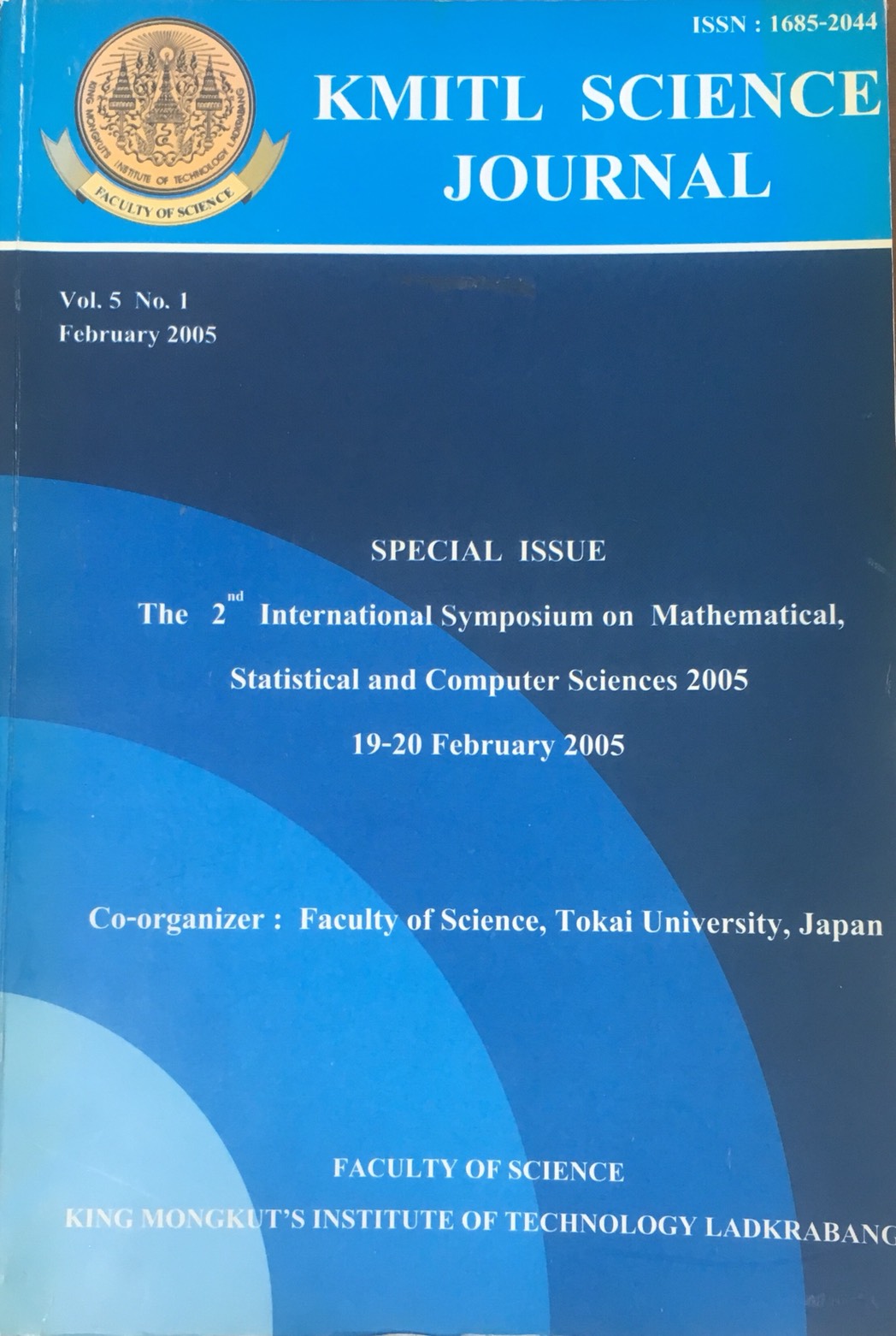Meta-modelling Approach to Traceability and Consistency for Complex Safety Critical Systems Engineering
Main Article Content
Abstract
Traceability is the common term of mechanisms to record and navigate relationships between development and assessment artifacts. Effective management of these relationships is essential to the success of projects involving complex safety critical systems. Practitioners on such projects typically use a range of techniques to model and analyse the safety and reliability of the systems they are developing. Most have tool support, although poor integration leads to inconsistencies and limits traceability between their respective data sets. This paper proposes a framework that enables links to be established and consistency maintained across data from potentially disjoint safety analysis tools.
Keywords: Traceability, safety-critical systems, CASE tools
Corresponding author: E-mail: paul@shinawtra.ac.th
Article Details
Copyright Transfer Statement
The copyright of this article is transferred to Current Applied Science and Technology journal with effect if and when the article is accepted for publication. The copyright transfer covers the exclusive right to reproduce and distribute the article, including reprints, translations, photographic reproductions, electronic form (offline, online) or any other reproductions of similar nature.
The author warrants that this contribution is original and that he/she has full power to make this grant. The author signs for and accepts responsibility for releasing this material on behalf of any and all co-authors.
Here is the link for download: Copyright transfer form.pdf
References
[2] Vesely, W., Goldberg, F., Roberts, N. & Haasl, D. – Fault Tree Handbook, Nureg 0492, US Nuclear Regulatory Commission
[3] Pierre-Alain Muller, Instant UML, Wrox Press., 1997.
[4] J. Warmer & A. Kleppe, The Object Constraint Language, Addison-Wesley, 1999
[5] P. Mason, Meta-modelling Approach to Traceability, University of Newcastle PhD Thesis, 2002.
[6] P. Mason, A. Saeed, S. Riddle & P. Arkley, Meta-modelling Approach to Traceability, Procs. Int’l Conf. on the Engineering of Computer-Based Systems, Alabama, Apr. 2003
[7] J. F. E. Johnson, The SEDRES Projects: Producing a Data Exchange standard Supporting Integrated Systems Engineering, Proc. of 8th INCOSE Symposium, Vancouver, Canada, pp. 367-374.
[8] Teleogic, DOORS Ref. Manual: v5.1, 2001
[9] M. Klein, Caturing Design Rationale In Concurrent Engineering Teams, IEEE Computer, Jan. 1993, pp 39-47
[10] D. Oliver, A Draft Integration of Information Models: Complement Model and Oliver Model, Procs. Of Tutorial and Workshop on Systems Engineering of Computer-Based Systems, pp. 44-69, 1994
[11] European Organization for Civil Aviation Electronics – Guidelines and Methods for Conducting the Safety Assessment Process on Civil Airborne Systems and Equipment, EUROCAE document ARP 4761, Dec.
[12] Górski, J. & Wardziñski, A. – Formalising Fault Trees, Proc. Safety-Critical Systems Symposium, Brighton, UK, pp. 310-327, 1995
[13] P. Mason, On Structuring Formal, Semi-Formal and Informal Data to Support Traceability in Systems Engineering Environments, Proc. 13th International Conference on Information & Knowledge Management, Washington D.C., USA, Nov. 2004
[14] M. Jarke, R. Gallersdorfer, M. Jeusfeld, M. Staudt & S. Eherer, ConceptBase: A Deductive Object Base for Meta Data, Journal of Intelligent Info. Sys., Mar., pp. 167-192, 1995
[15] D. Schenk & P. Wilson, Information Modelling: The EXPRESS Way, OUP 1994
[16] C. Goldfarb & P. Prescod, The XML Handbook, Prentice-Hall, 2000
[17] P. Mason, On Traceability for Concurrent Engineering Environments, Procs. International Conference on Knowledge Sharing and Collaborative Engineering (KSCE2004), Virgin Islands, USA Nov. 2004.
[18] R. Collins & J. Dent, A Practical Case Study pf Reliability, Safety and other Concurrent Engineering Information, Procs. Safety & Reliability Conference, 1994.


